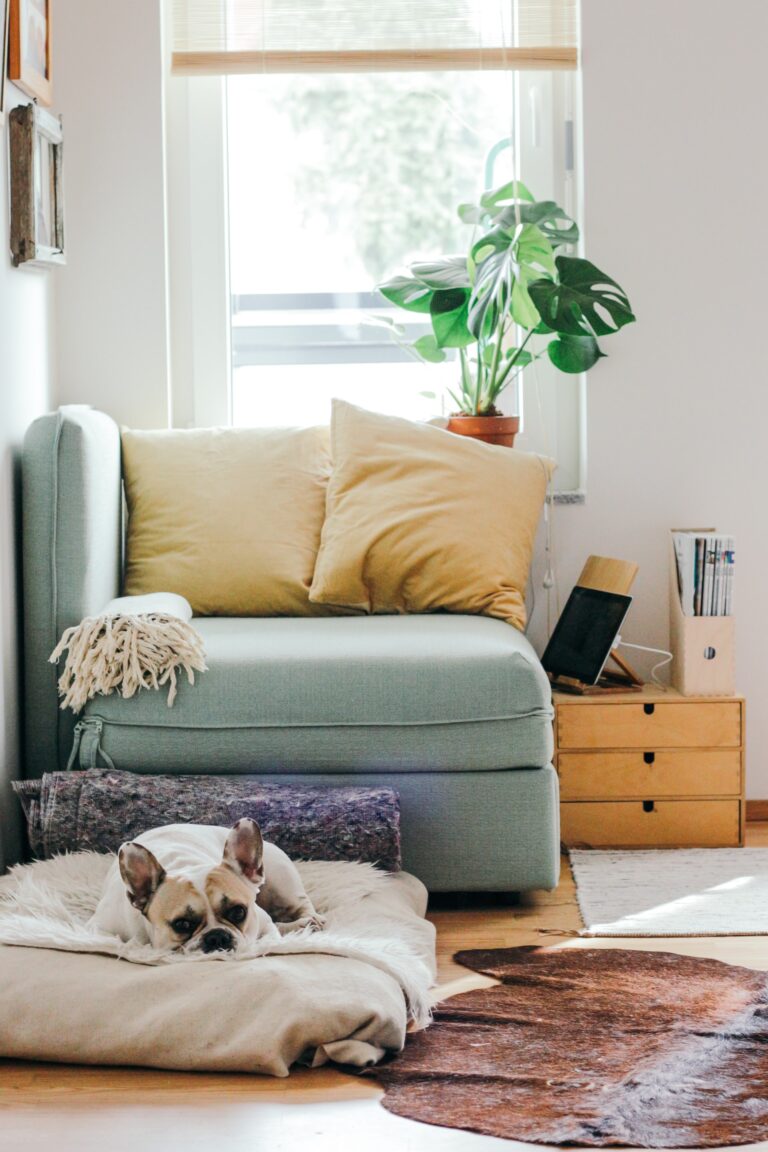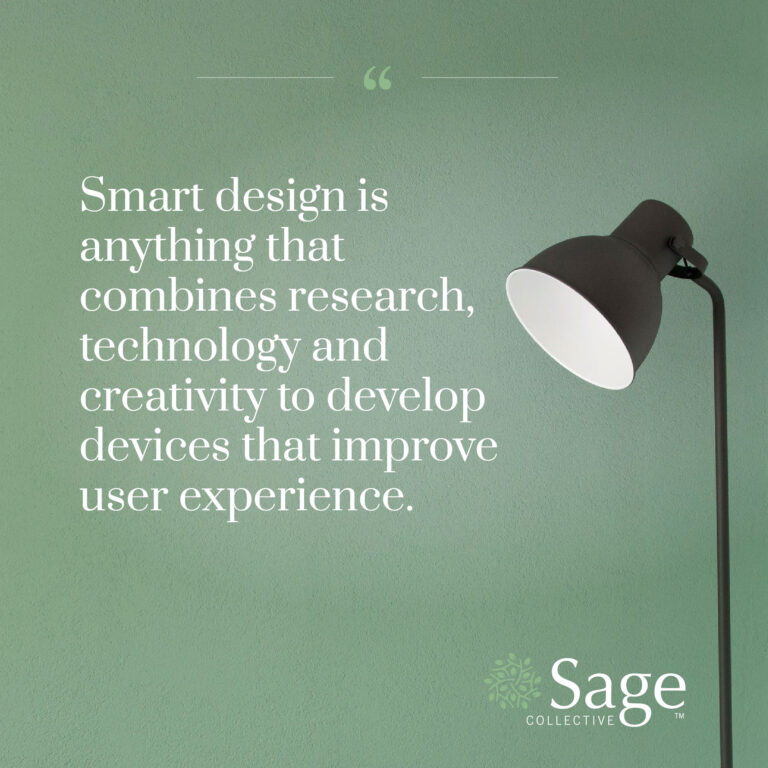Curate Your Home to Support a Vibrant Lifestyle
Studies have discovered that more than 80 percent of how long the average person lives is influenced by their lifestyle and environment, while only around 20 percent is influenced by genes. Knowing this and the fact that the majority of our lives are spent within our homes, it’s more important than ever to understand the importance of curating your home to strengthen your wellbeing. Here are a handful of ways you can do so:
Most individuals don’t think about the impact their surrounding environment can have on their longevity and health, but a thoughtfully curated environment can leave positive effects on anyone’s health.
Utilize Natural Light
One of the most important – and easiest – things you can implement in your home to support a vibrant lifestyle is by taking advantage of as much natural light as possible. Whether this means leaving your shades open throughout the day or pulling back your curtain when the sun is shining, the benefits natural light provides are too good to lose.
Personalize
Another great way you can easily curate your home is by personalizing your decor with health motivators. There are various ways you can decorate your home to help motivate you to stay healthy. Framing pictures or art of your favorite place to be outdoors is a great way to encourage you to spend time outside more often. Other homes practice this by dedicating an area of their house to display achievements and items that make them proud.
Support Yourself With Technology
Taking advantage of the various technologies that are accessible to you is another great way you can support a vibrant lifestyle within your home. And while phones, tablets and computers are amazing resources, countless other devices can provide even more benefits to your health. Whether you’re looking for kitchen tools to boost your diet, like a slow cooker or multi-cooker, or devices that can help you sleep, like a white noise machine, technology is a powerful way to curate your environment to better your wellbeing.
Whether you think of it or not, you’re more than likely spending more time at home than you realize. Because of this, taking a few thoughtful actions to curate your living environment to support vibrant living could leave a huge impact on your wellbeing, changing the trajectory for the rest of your life.


